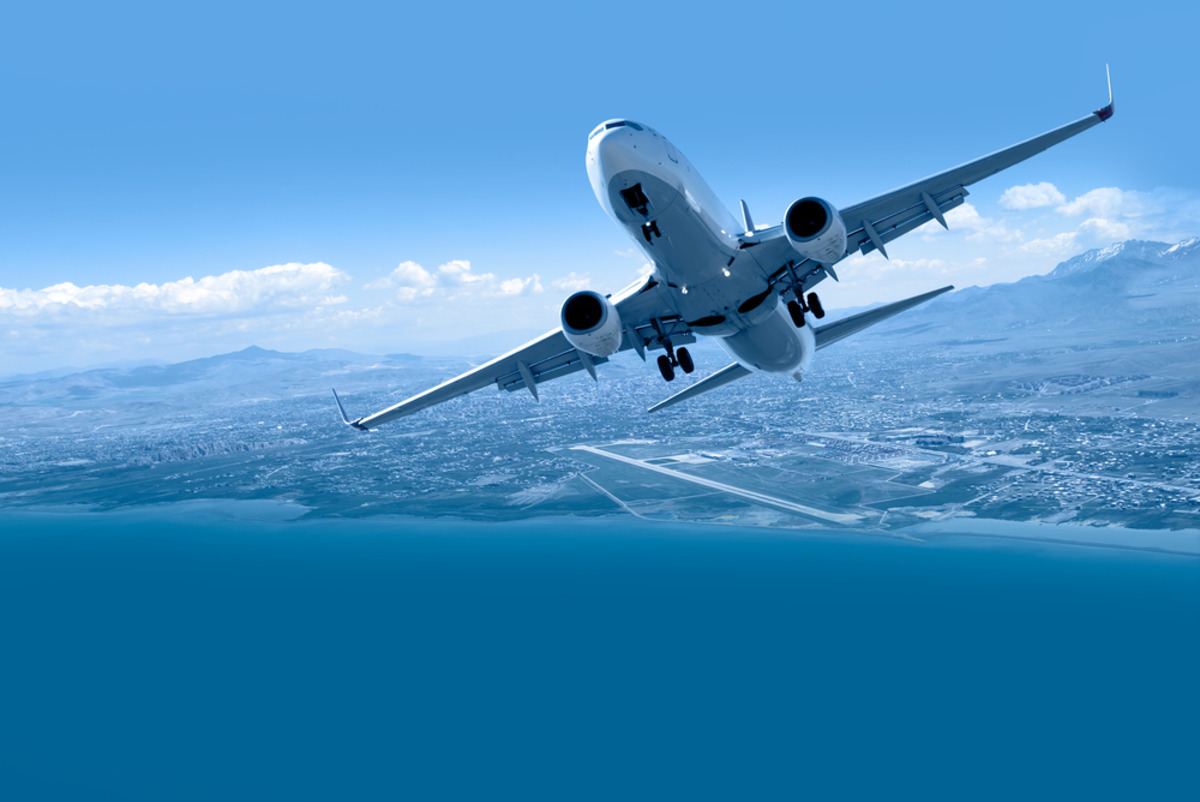The aviation industry is set to witness demand for 10,500 new up-to-150-seat aircraft deliveries with a market value of $640 billion over the next 20 years. Replacement of aging aircraft will account for 54 percent of all new deliveries while 46 percent will be used to grow markets.
The latest market outlook from Embraer expects global passenger traffic to grow at an average annual rate of 4 percent between 2024 and 2043. The rate of passenger growth is a notable decline from pre-pandemic growth rates which reflects expectations of a global economic slowdown. The impacts of the transition towards net zero emissions and the uncertainties regarding additional geopolitical conflicts have also impacted the market’s growth outlook.
Over the next 20 years, Asia Pacific, including China, will show the strongest growth with revenue passenger kilometers (RPKs) increasing 5 percent annually. Following closely comes Latin America at 4.9 percent, Africa at 4.4 percent, and the Middle East at another 4.4 percent.
Meanwhile, Europe, including CIS, will see an RPK growth of 3.3 percent followed by North America at 2.4 percent.
Smaller aircraft drive global demand
Smaller aircraft deliveries will drive global demand with orders for 8,470 jets of up to 150-seat capacity by 2043. Of these, 51 percent will support market growth and 49 percent will replace aging aircraft.
The shifting trend toward smaller aircraft reflects overall weaker travel demand growth, traffic patterns favoring short-haul versus long-haul, and an increasing need for flexibility, connectivity and efficiency. In addition, the trend reflects fleet and network transitions to a decarbonized industry through new technology.
The need for better fleet versatility and more efficient use of assets across the aviation industry favors a mixed fleet that includes the up-to-150-seat jet segment. In an uncertain economic landscape, airlines prioritize the need to match demand with optimal capacity in order to maximize profitability.
“We believe an optimal mix of sub-150-seat jets and larger narrowbodies is more conducive to the new environment. The market sizes and demand patterns are simply too varied to support a fleet strategy focused solely on larger aircraft. Mixed fleets address that diversity,” stated Arjan Meijer, Embraer’s president & CEO of commercial aviation.
The report adds that short-haul operations will drive worldwide demand for 2,030 turboprops, mostly in Asia Pacific, Europe, and North America.

Regional demand mixed
The Embraer report reveals that the share of jet deliveries by 2043 will be the highest in North America with 2,610 deliveries (30.8 percent). The China & Asia Pacific region will likely order 2,260 jets, 26.7 percent of the total market share, while Europe & CIS will make up 24.9 percent of the market. Latin America is expected to order 770 jets (9.1 percent). Meanwhile, Africa will likely order 380 jets, and the Middle East 340.
As for turboprop deliveries, the 20-year outlook expects demand to rise to 2,030 deliveries globally, with China & Asia Pacific making up 48.3 percent of that demand. Then comes North America at 17.2 percent, Europe & CIS at 14.3 percent, Africa at 10.8 percent, Latin America at 7.9 percent, and the Middle East at 1.5 percent.
Read: Qatar Airways orders additional 20 Boeing 777-9 aircraft at Farnborough airshow
Middle East market’s domestic networks
Despite the predominantly long-haul international profile of the Middle East region, shorter-haul domestic and intra-regional demand is maturing and now accounts for 54 percent of all seat capacity in the Middle East.
Four countries (Türkiye, the UAE, Saudi Arabia and Qatar) generate the most seats and there is a fundamental difference in their market structures. Airlines in Türkiye and Saudi Arabia have well-developed domestic and intra-regional networks. Meanwhile, airlines in the UAE and Qatar, in the absence of domestic networks, almost exclusively serve long-haul and intercontinental markets.
The region’s fleet, however, still largely consists of large aircraft which are not conducive to serving small and developing markets. Sub-150-seat aircraft can help establish secondary hubs, open new point-to-point routes, and incentivize trade and cargo transport.
For more logistics news, click here.








